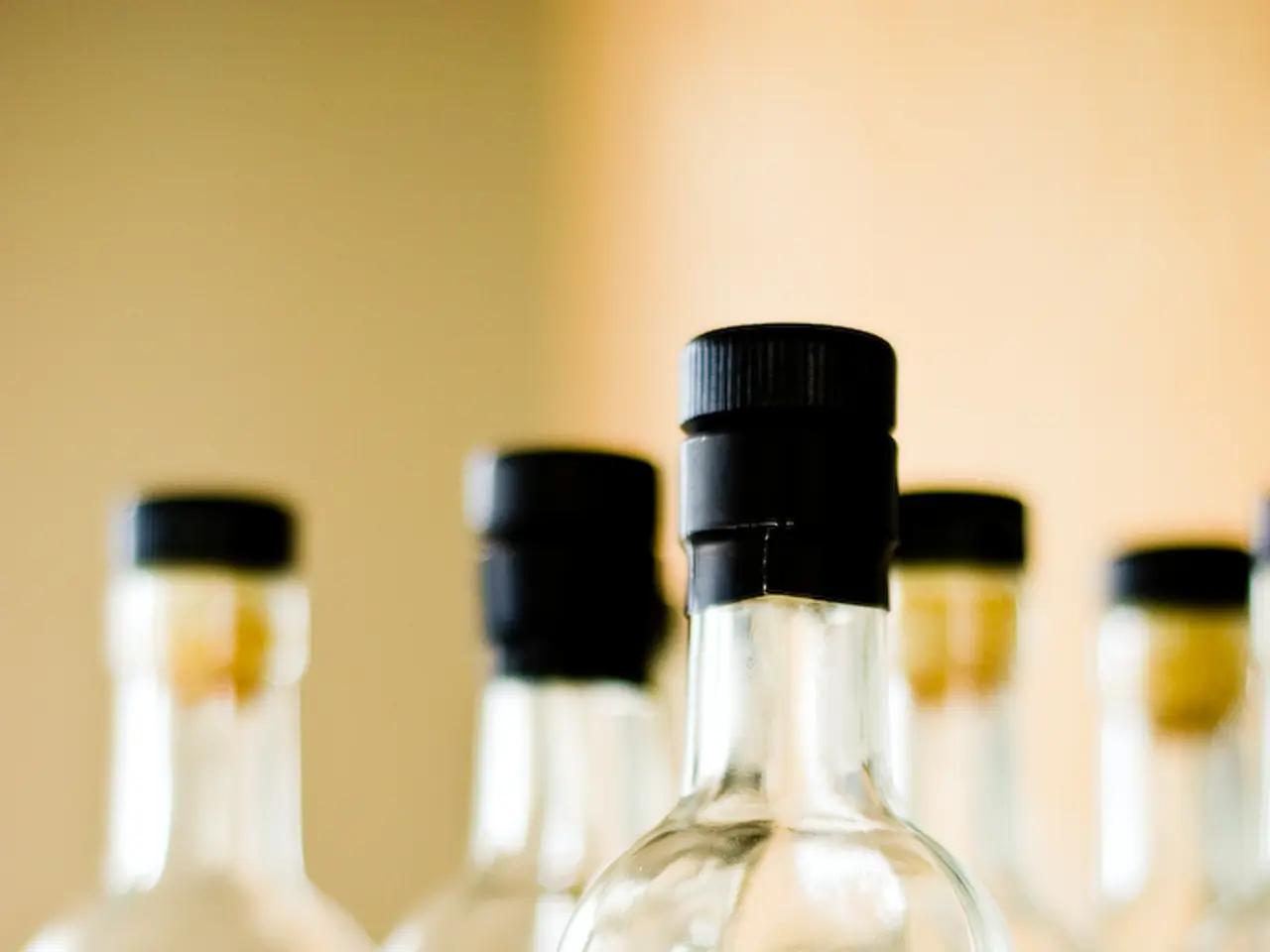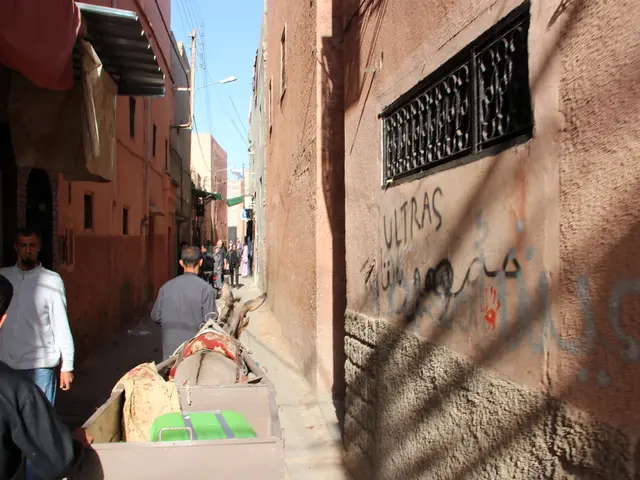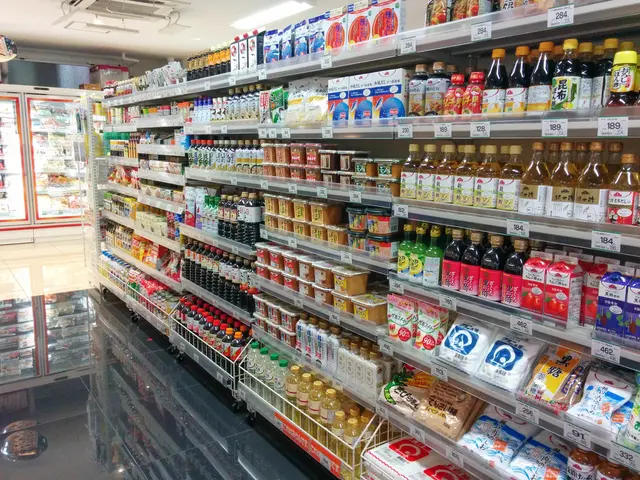Trustworthiness of Alcohol Labels in Question
In the world of winemaking, the alcohol content on a wine label is more than just a simple reflection of strength. This is due to a combination of factors, including temperature, scientific limitations, regulatory allowances, and winemaking decisions.
As global temperatures rise, warmer growing seasons contribute to higher ripeness and sugar levels at harvest. This can lead to higher alcohol levels in the final product. To counter this trend, some winemakers are picking their grapes earlier to aim for lower alcohol levels, but this approach requires more effort.
In the United States, the margin of error allowed on alcohol by volume (ABV) for wine labels is generally wider than in the European Union. Wines at or below 14% ABV can legally deviate by ±1.5%, and wines above 14% ABV by ±1%. In contrast, the European Union allows a tighter margin of error of just ±0.5% ABV.
These differences exist because winemaking involves natural variability and analytical limitations, and regulators accommodate this by allowing a buffer to ensure flexibility. The US regulations come from the Alcohol and Tobacco Tax and Trade Bureau (TTB), which aims to balance accurate labeling with practical winemaking realities, whereas the EU maintains stricter precision requirements.
| Region | Allowed Margin of Error on Wine ABV Labels | |-----------------|--------------------------------------------| | United States | ±1.5% for ≤14% ABV; ±1% for >14% ABV | | European Union | ±0.5% ABV |
In the pursuit of accuracy, many wineries, such as CMB Family of Wines, rely on third-party labs for reassurance. Modern labs and larger wineries often employ gas chromatography, near-infrared technology (NIR), Fourier transform infrared (FTIR) spectroscopy, or a combination of these methods to separate and quantify ethanol in a sealed sample.
Winemakers may also perform their own testing, with various methods used, each having its pros and cons in terms of precision. Hydrometers and ebulliometers are traditional methods used to estimate alcohol content by measuring sugar levels before and after fermentation, and calculating alcohol based on boiling point respectively. However, these methods may not provide the same level of precision as modern techniques.
Timing and blending matter more than many consumers realize in determining the alcohol content on wine labels. Jason Moulton, director of winemaking at Whitehall Lane Winery in Napa Valley, uses an Anton Paar digital Alcolyzer to measure alcohol during fermentation, after fermentation, after blending, and again before bottling. Post-fermentation measurements are more dependable, but blending and sampling can cause discrepancies.
In conclusion, achieving the proper ripeness without excessively high alcohol levels can be challenging due to warmer growing seasons. The alcohol number on labels may not be an exact representation due to federal regulations, various testing methods, and shifting climate conditions. However, wineries strive to use a number they can stand behind, which is why they often turn to external labs for accurate and reliable results.
[1] Source: Alcohol and Tobacco Tax and Trade Bureau (TTB) and European Commission regulations on wine labeling.
- The alcohol content on wine labels is influenced by a variety of factors, including science, temperature, and winemaking decisions, as well as regulatory allowances.
- Due to warmer growing seasons, grapes are ripening earlier and resulting in higher sugar levels and alcohol content in the final product.
- In the United States, the margin of error allowed on alcohol by volume (ABV) for wine labels is generally wider than in the European Union, with a tolerance of ±1.5% for wines at or below 14% ABV, and ±1% for those above 14%.
- Education and self-development through scientific research and analytical techniques are crucial in the field of winemaking, with modern labs using gas chromatography, near-infrared technology (NIR), Fourier transform infrared (FTIR) spectroscopy, or a combination of these methods to measure alcohol content accurately.
- General news sources, such as the Alcohol and Tobacco Tax and Trade Bureau (TTB) and the European Commission, provide regulations and guidelines for accurate wine labeling and precision.
- Lifestyle choices, such as those made by winemakers at CMB Family of Wines, prioritize seeking third-party lab testing to ensure the alcohol content on their wine labels is as accurate as possible.




